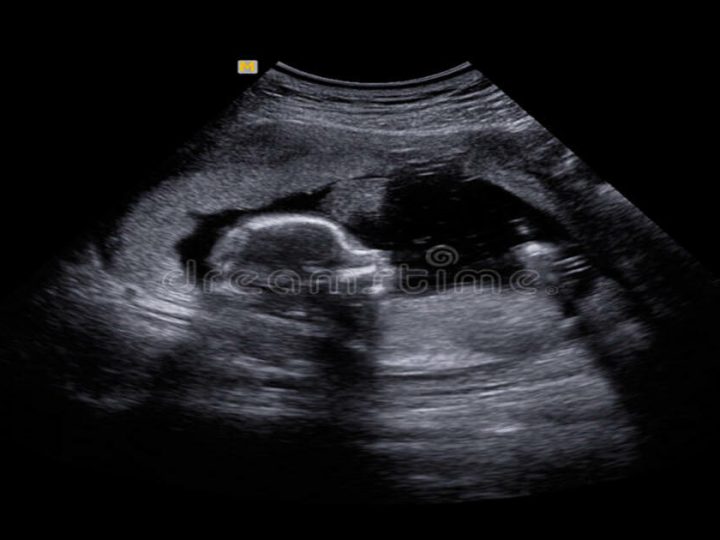Cutting Through The Chains: ‘Saw’ Films Ranked From Worst To Best
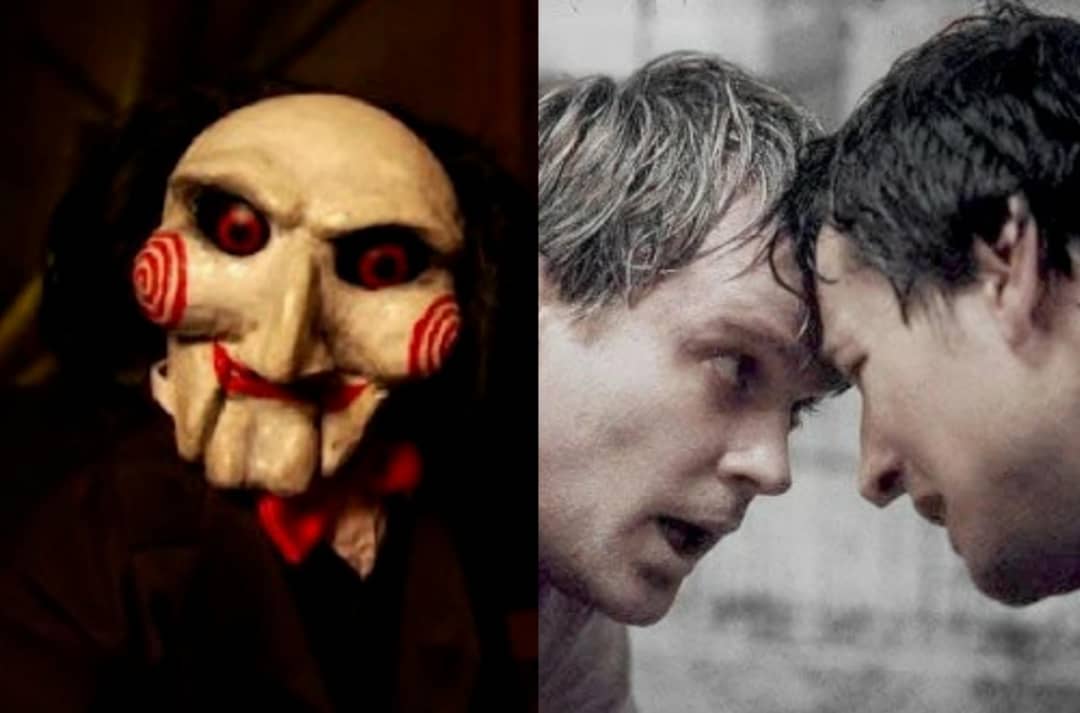 Thirsty for JUICE content? Quench your cravings on our Instagram, TikTok and WhatsApp
Thirsty for JUICE content? Quench your cravings on our Instagram, TikTok and WhatsApp

Hi fellow Saw fans, I want to play a game.
If you read that in the distorted voice of John Kramer, envisioning the wicked face of Billy the Puppet smirking at you, then you’re more than qualified to join me as I dissect each Saw film and give them my completely honest rankings.
Well, almost. If I was being truly honest, Spiral wouldn’t even make it to the list. Anyway, prepare for a journey through the Saw films, meticulously ranked from worst to best. Let the games begin… and if you haven’t guessed – Spoilers ahead!
#10: Spiral (2021)
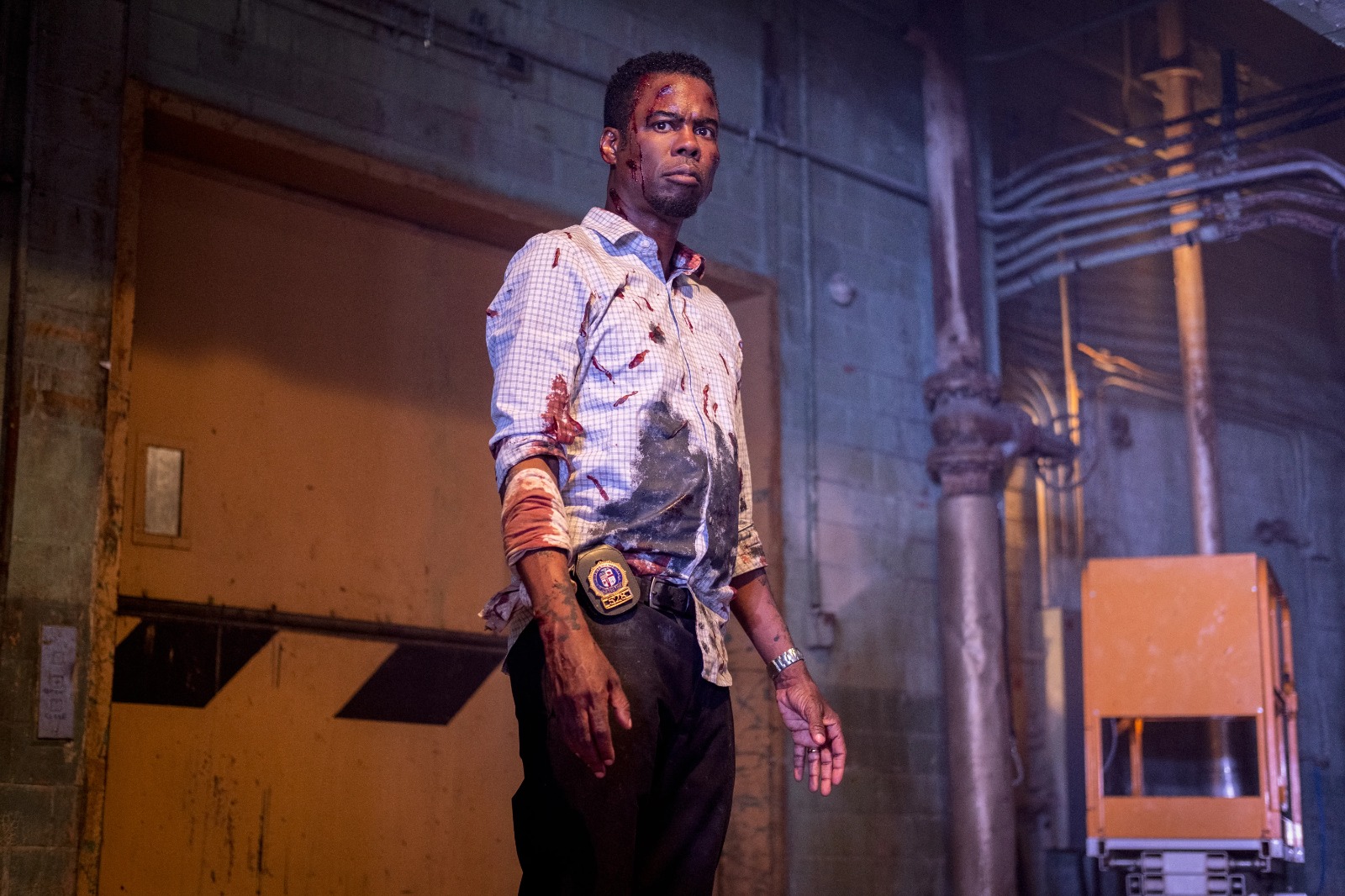
Spiral was nice to ‘snack on’ while waiting for the next Saw film to come out, but that’s about it. It didn’t much add to the allure of the franchise as a whole, though that first hanging-by-the-tongue scene was pretty intriguing.
It was also cool that it played into Saw‘s resounding ‘corrupt cop’ trope (though no one comes close to Hoffman in my eyes), Spiral shifted the focus just too far into this theme and away from the complexities of Jigsaw’s tests, thus lacking the depth that made the original films so compelling.
Also, though Saw sometimes incorporates shards of dark humour in its storyline, and while the casting was amazing here, Chris Rock’s character mostly formed a comedic and unserious undertone that felt out of place in a series known for its dark and intense atmosphere. To top it all of, the plot in general was somewhat predictable, not managing to deliver the level of mind-bending surprises that the earlier instalments were known for.
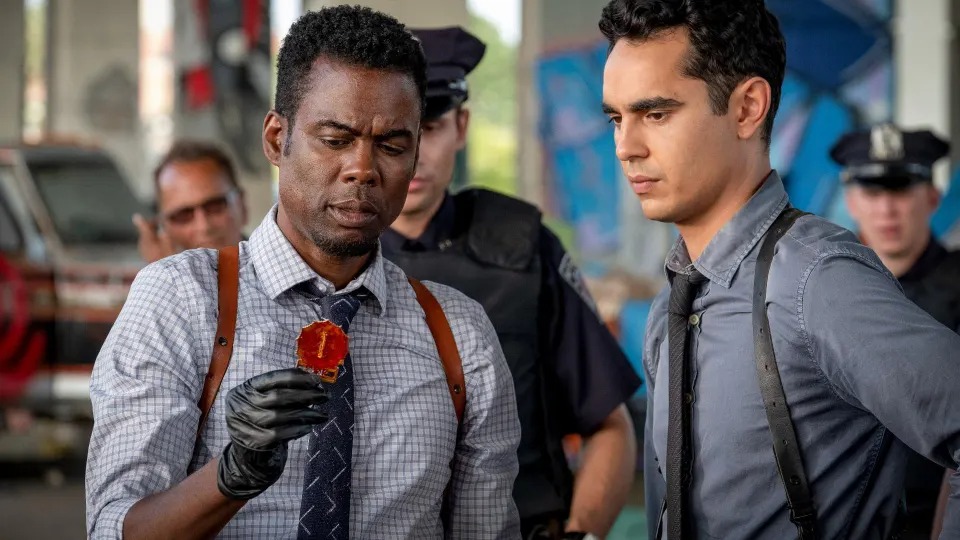
So what do you get when you pair these tonal inconsistencies with new characters that cast a shadow on the original narrative? A film that’s just fine if you’re looking for entertainment and gore, but if you enjoy Saw for its intricate nexus of morality and the will to live, then Spiral is more than likely to be a passing cloud.
Idk, maybe I’m just not a copycat killer kinda person, but I do commend the attempt to rejuvenate the franchise by taking it in a new direction!
#9: Saw V (2008)
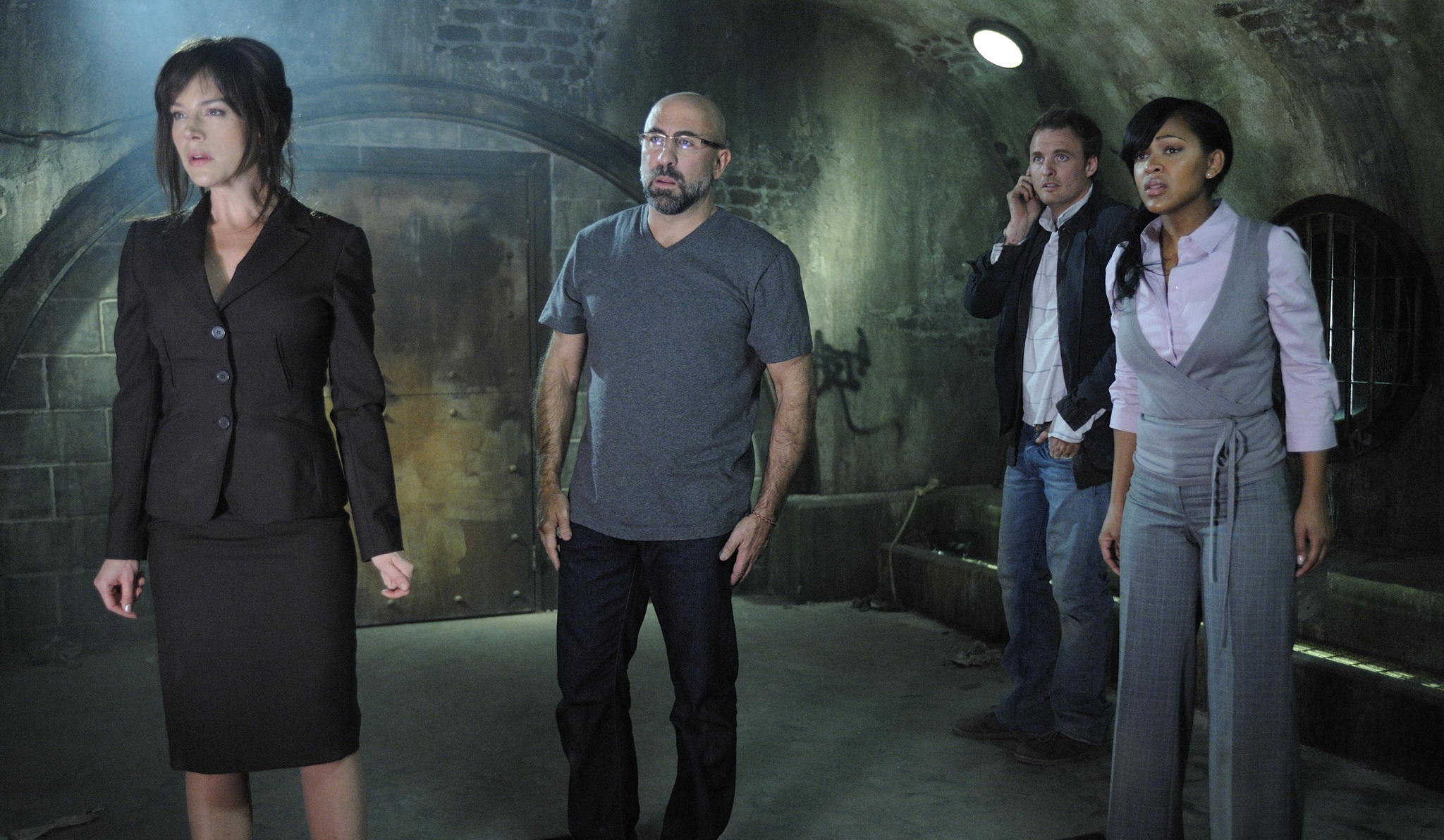
This film was one I was looking forward to as a Hoffman apologist, but unfortunately his motives and backstory were explored in a way that left people puzzled. The lack of clarity regarding Hoffman’s motivations diminished the impact of his character, making him seem like he was simply impulsive and bloodthirsty.
Plus, we know the timeline in Saw can be quite inconsistent, but the constant shifts between past and present in Saw V made it twice as challenging to keep track of the sequence of events, heavily relying on flashbacks to provide context and backstory to the plot. While flashbacks are a common storytelling device in the films, their extensive use in this instalment was overwhelming and at times unnecessary.
However, Saw V delved deeper into the legacy of John Kramer, exploring his influence on other characters even after his death. This added much-needed layers to the story, shedding light on the psychological impact he had on those who came into contact with his sadistic games. For fans interested in the psychological aspects of the series, this film provided valuable insights into the mind of our iconic killer-not-killer.

In terms of gruesome traps, unexpected turns and visceral gore, Saw V did not skimp on the thrill and shock value it promises with each film (the coffin trap is actually my favourite! RIP Detective Strahm though) – and while the plot was slightly convoluted with interconnected storylines, the film’s ties to the events of earlier movies allowed fans to revisit familiar elements of the series, and was obviously put together with much thought and precision… though it may require more than one watch to grasp the entirety of what’s happening.
#8: Saw III (2006)

Saw III is more on the heavy side, emotionally – which makes it great, marking its stark uniqueness in the gore market as a franchise with loads of psychological value.
Between John Kramer’s impending death, main protagonist Jeff Denlon’s palpable grief over his son’s death, and Amanda’s failure to pass the final test John had set for her, it was a lot to take in; and absolutely the most thought-provoking instalment in the franchise to this day.
I’m not sure if this was intentional, but Saw III also seemed to have character dynamics that were deeply intertwined, emphasising themes of grief, intense anger, and impulsive choices – especially between Amanda and Jeff. Her fear of losing her mentor leads her to act impulsively, driven by emotions that blind her judgment, while his overwhelming grief transforms into vengeful rage, compelling him to make impulsive decisions without considering the consequences.
Both are fuelled by intense emotions, leading them down a dangerous path, resulting in dire consequences for themselves and those around them, classic Saw-style.
#7: Saw IV (2007)
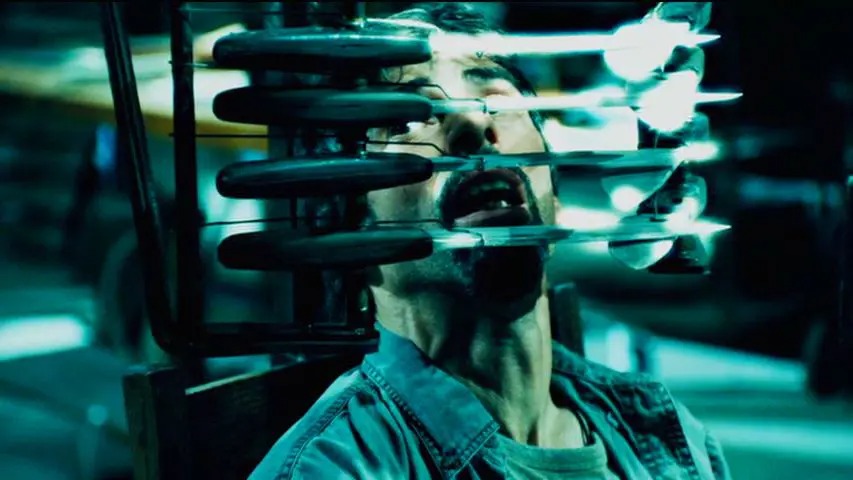
In Saw IV, taking the number 7 spot in my ranking, one glaring absence is undeniably felt – the charismatic presence of John Kramer, the mastermind behind Jigsaw’s sinister games. Without John’s profound influence and meticulously crafted puzzles, Saw IV feels somewhat hollow, lacking the philosophical weight that defines the franchise.
While Saw IV certainly isn’t devoid of its trademark gore and shocking moments, in this instalment, it appears the balance between psychological intrigue and visual horror tipped slightly in favour of the latter, leaving behind some of the series’ more nuanced and thought-provoking elements.
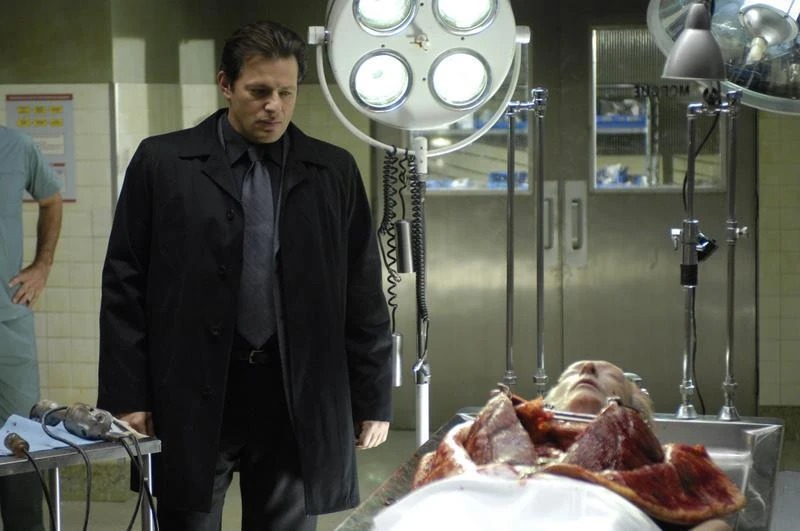
Despite its placement in the ranking, Saw IV still contributes to the overarching narrative of the series, though, offering moments of suspense and surprise that resonate with fans of the horror genre. Also, one standout moment in Saw IV that deserves commendation is the gripping autopsy scene, where a wax-coated micro-cassette is discovered within John Kramer’s stomach. The message on the tape is enough to leave audiences eagerly anticipating the unfolding of Hoffman’s fate.
#6: Saw 3D (2010)

Marketed as the final chapter in the series (although we all know film franchises never end in Hollywood), this film obviously aimed to bring closure to the complex narrative. The interesting part is where it ties up these loose ends with a unique moral complexity that delves into the idea of public fascination with violence, as Bobby Dagen exploits his supposed Jigsaw survivor status for fame and fortune. To remain subtle with the spoilers, he goes from hero to vicim real quick.
Unsurprisingly, this film also depicted the brilliantly gory deaths of major characters, such as Jill Tuck and Hoffman. I also feel like this Saw 3D pays tribute to the first film with Hoffman’s use of a reverse bear trap to kill Jill, and with how he ends up dying in ‘The Bathroom’ at the hands of Dr. Gordon.
This also indirectly sheds a special new light on John, proving that his apprentices could never live up to his role as Jigsaw, who somehow makes it through 10 films without having blood on his hands or killing out of impulse.
#5: Saw II (2005)
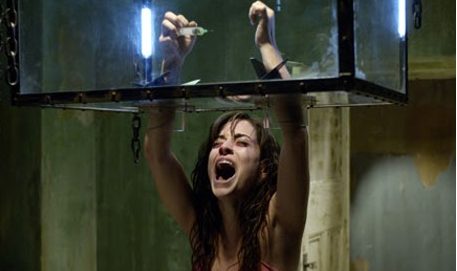
Saw II delves deeper into the themes of morality, survival, and the consequences of one’s actions, providing insight into Jigsaw’s background and motivations, and shedding light on the origins of his sadistic games.
I prefer the one-victim-at-a-time traps, but this film does an amazing job portraying the lengths to which people will go to outlive one another and the dark secrets they are willing to reveal under extreme pressure. The plot is also among the most tension-filled in the whole franchise, keeping you on your toes till the final game is over.

Also, if you were unaware of Amanda Young’s connection with Jigsaw prior to watching Saw II, then the twist where it is revealed that she was the Amanda who survived the bear trap in the first film becomes all the more prominent. We’re once again made familiar with her multifaceted and resourceful character, solidifying her spot as a worthy apprentice under the watchful eye of John Kramer.
The way Amanda becomes a testament to John’s belief that the traps make people see value in their lives is also fascinating, as the loyalty and gratitude she expresses towards him in this film helps blur the line between good and evil when it comes to John’s ethics.
#4: Saw VI (2009)
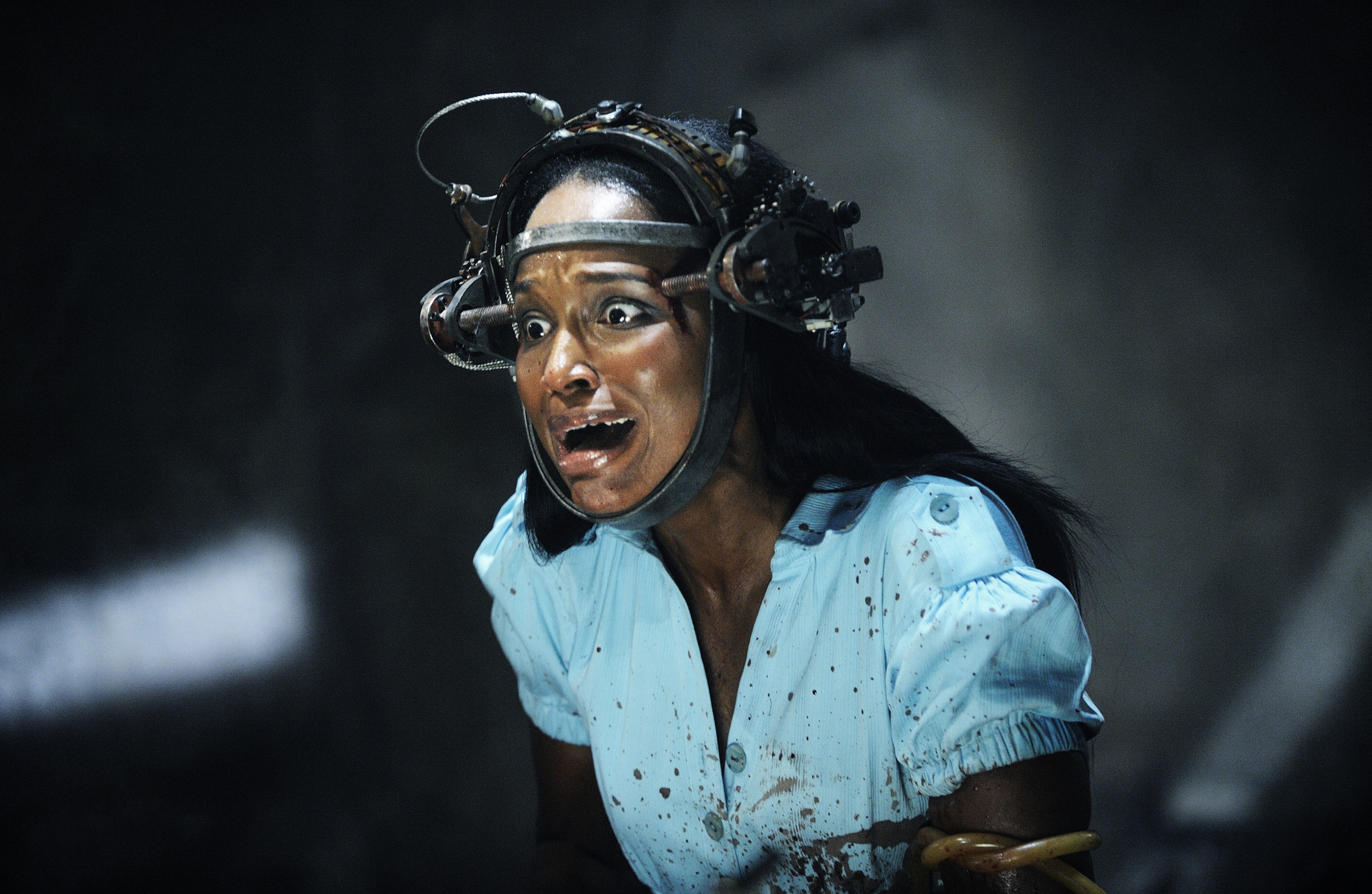
Revolving around the flaws in the healthcare system, specifically on insurance companies denying coverage to patients in need, Saw VI hits the spot with a story that’s not only deep and dark, but realistic and perhaps even too close to home for many of us.
John’s intentions and ethics are also emboldened here, with his clear goal to punish those who exploit others’ suffering for personal gain – and while we know that this will not end well for the target, health insurance executive William Easton, his sorry end unfolds in a most unpredictable manner. Who says gory horror films don’t teach us moral values?

I think Saw VI also redeems Hoffman’s status as an apprentice, after he places Seth Baxter in an inescapable trap in the previous film due to a personal grievance. He masterfully sets Easton’s traps in this one (including the unforgettable Carousel Trap), successfully putting him under a test that he actually makes through, also putting an end to the common idea that he is “sloppy” with his work.
#3: Jigsaw (2017)

Jigsaw being part of the Top 3 on this list might get me cancelled on Saw discussion forums, but hear me out.
Firstly, the sense of urgency and mystery is heightened in this one. Some of the other Saw films, especially towards the middle of the franchise, tend to get a little draggy, but not this one! It feels like a fresh new start to the Saw universe, with new characters that don’t seem like they’re just there to fill in their roles, especially Logan Nelson.
I get that the recurring detective-framing-his-colleague trope might seem a bit repetitive, but Logan comes with his own set of individual intentions and connections to the Jigsaw killings, armed with meticulous planning and intelligence…
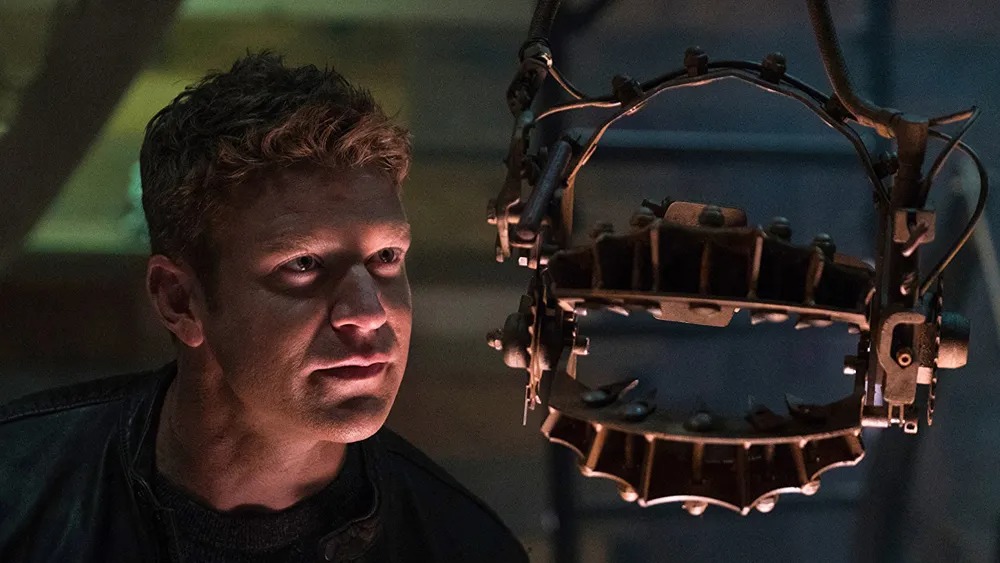
And also better, more coherent dialogue. I want the quote “You have a choice, scream or don’t” carved onto my tombstone.
Plus, the well-executed cinematography and visual effects definitely make the the seven-year hiatus between Saw 3D and Jigsaw worth it. This is where the camerawork becomes more visually striking and gruesome, making the traps look twice as riveting.
A new Jigsaw killer with a tragic backstory, creating a diversion that allows his killings to go unnoticed, paired with stunning effects, set against the backdrop of a dilapidated barn?! Sign me up.
#2. Saw X (2023)
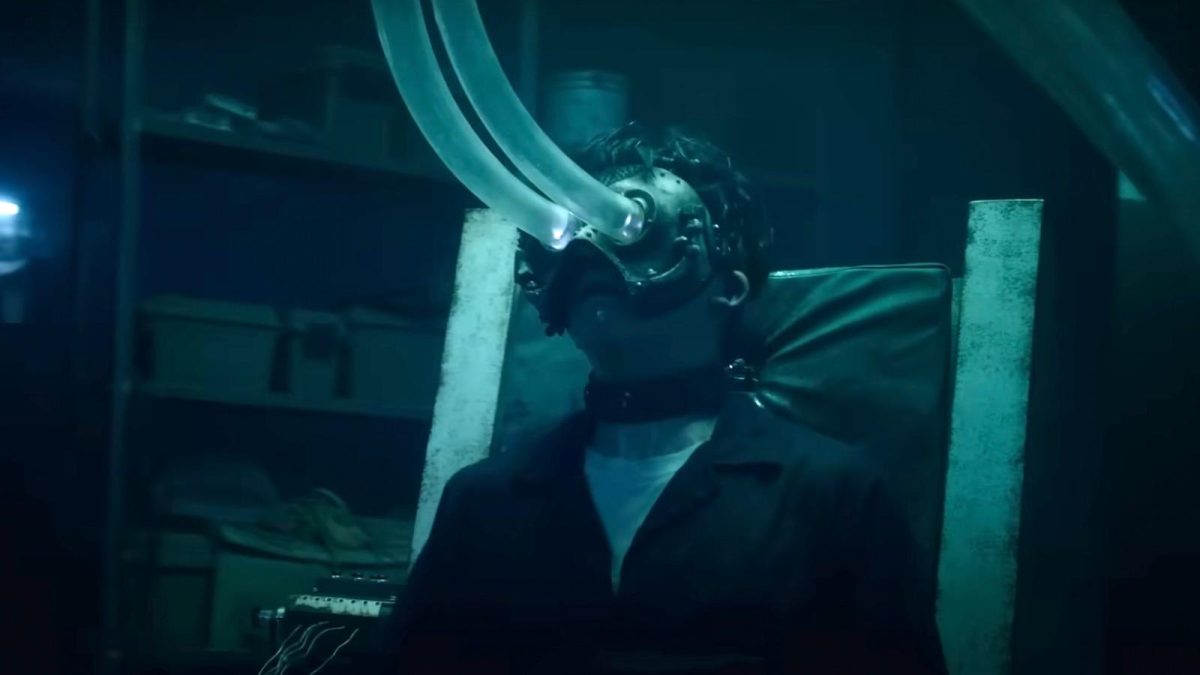
The film’s entire setting, in a different country, already sets a unique tone to it that gives it a different feel than the other films – but that’s just the beginning. I love that Amanda’s character is given more depth, even a stroke of empathy that is dismissed by John. She’s been great in the other films, but at times too aggressive for my liking, so it was nice to see her relate to a victim she felt connected to.
Oh, and that bone marrow trap? Brilliant.
Also, Carlos proved to be a compelling addition to the Saw franchise. Witnessing two individuals trapped in a dire situation, yet choosing to fight not for their own survival, but for each other’s, was profoundly impactful. I think this dynamic presented a powerful shift from the franchise’s usual themes and this display of mutual determination might have potentially influenced John’s understanding of purpose had he allowed it to penetrate his beliefs.

This part of the film, as well as Gabriella’s death, adds a bit of a realistic touch to it and shows that John does not always get his way. Though he does win in the end and that’s because he’s meant to be a 5D human being, and that’s what makes him a horror icon after all.
The post creds are equally cool, when we finally get to see Hoffman (and Adam’s corpse!) on-screen again. The setup for Henry’s death is intriguingly designed. The placement of the device, intended to pierce the chest, coincides with the location of the pancreas in the human body, and we know that Henry lied about being cured from pancreatic cancer early in the film.
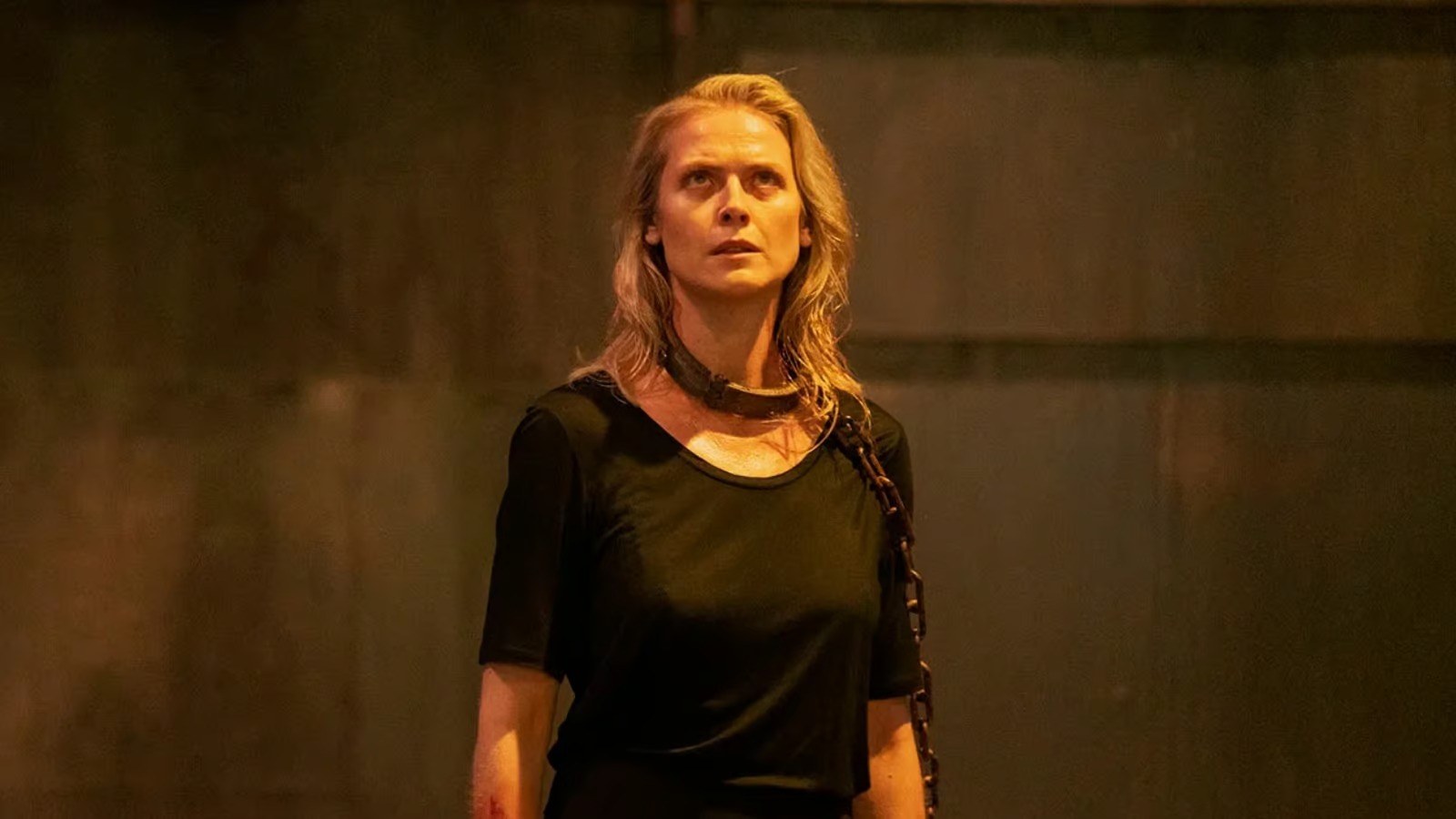
Well, we don’t know where exactly the franchise is headed from here, but let’s hope we get to see Dr. Cecelia have her face split open someday.
#1. Saw (2004)

You probably saw this one coming.
Saw remains the crown jewel of the franchise. Its simplicity, raw intensity, and the legendary bathroom scene make it a masterpiece in the horror genre. It introduced us to the twisted brilliance of Jigsaw and seamlessly set the stage for a franchise that would test the limits of human endurance and morality.
I was four years old when it came out, but I can only imagine how this unassuming film took the horror world by storm by introducing such a rare, fresh, bloody plot twist.

Of course, Saw also resulted in endless fanfics and animations depicting a (purely non-canon) relationship between Adam and Dr. Gordon… One that James Wan and Leigh Whannell probably didn’t intend for, but it’s definitely keeping the Saw discourse alive and well on X!
It’s also funny that the first film remains a fan favourite after two decades, but it’s a tough act to follow after all. Who would’ve thought some dude playing dead on a bathroom floor for hours would turn into such a notorious horror icon with 10 films playing up to his legacy?
How would you rank the Saw films? Let us know in the comments!


 Get Audio+
Get Audio+ Hot FM
Hot FM Kool 101
Kool 101 Eight FM
Eight FM Fly FM
Fly FM Molek FM
Molek FM
